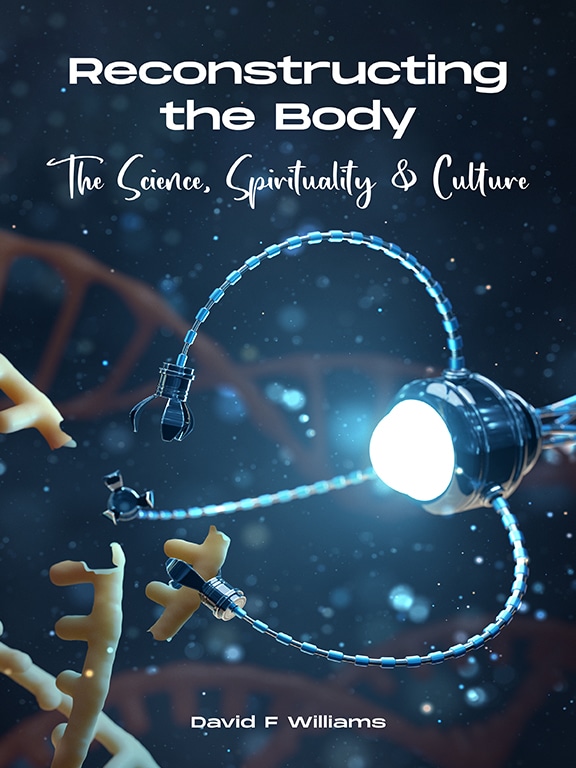PREFACE
Over a 55-year career, I have written extensively about the science and technology of reconstructive surgery and regenerative medicine. During much of this time, I have also been involved, at many different levels, in the commercial, clinical, ethical, regulatory, and legal environments within which these technologies contribute to the healthcare of individuals around the world. Over time, it became obvious to me that a detailed discussion of the scientific and engineering aspects of the reconstruction of the human body would be incomplete without reference to these wide-ranging infrastructure issues. On further consideration, it seemed that there was more to this than the practical aspects of this infrastructure, where features outside of mainstream factual science have significant influences on individual, corporate and societal decisions. These include issues around commodification of the human body, the use of animal tissues in human therapies, religious beliefs, inequalities and resource allocation in society and certain mystical and transcendental practices. And while we are considering all these factors, it may be of interest to examine how society itself regards the possibility and reality of bodily reconstruction as expressed through different cultures and the media of the arts, both visual and written.
Hence the title of this book “Reconstructing the Body; The Science, Spirituality and Culture”. The objectives are educational, informational, and archival.
For the purposes of this book, ‘reconstruction of the body’ involves the practices either of restoring the body to an acceptable degree of function and cosmesis after it has experienced changes to these qualities through disease or injury, or achieving such qualities in bodies that, ab initio, are significantly deficient in them, or appear to be inappropriate, largely through genetic factors that are represented by congenital or developmental abnormalities. Humans have been carrying out such practices for centuries, to greater or lesser success. The principles of science and engineering have combined with those of medicine in these endeavors, initially supplemented by skills of woodworking, glass-blowing, textile fabrication and other such crafts, and more recently by those of artificial intelligence and psychology. Since, as we shall see, most religions have determined that we do not own our bodies but have responsibility for them during our time on earth, there are many philosophical, spiritual, and metaphysical positions on what we should be able to do to our bodies in order to achieve those functional, cosmetic, and psychological qualities. Generally, there is widespread agreement that we have a good latitude on what is ethically permissible, but there are many situations where the difference between right and wrong is far from clear. In most societies, such decisions are deferred to the appropriate courts of civil justice; even here it is often seen that supreme courts have great difficulty, as opinions are passed down on the slenderest of majorities. As a medical engineer with many years-experience with the reconstruction of the body, I have become fascinated by the ways different societies have struggled with these issues; hopefully the structure and content of this book provide an insight into this juxtaposition of medicine and spirituality.
I should add here that although the history of the reconstruction of the body appears to be based on the principles of engineering, the emphasis in our technologies has moved in recent years so that it now involves far more biology. The top-down approach of monolithic engineering structures is still with us, and doing very well, but it has been joined by a bottom-up approach, where reconstruction and replacement are carried out at cellular, molecular, and genetic levels. Personalized medicine is vying with standard-of-care devices and drug practices in the reconstruction therapies of the future. I try to cover all relevant aspects, not an easy task since there are greater complexities, especially of ethics, religion, and law, as we must avoid the epithet that we are ‘playing God’.

